Heading to the Great White North for your next vacation but don’t know what to bring? Check out our extensive packing list for Canada.
You might be wondering, how will I get there? What will the weather be like? What to pack for Canada? We’ve answered all your travel questions so you can enjoy your time stress-free.
Prepare to make your next adventure to Canada the trip of a lifetime.
Documents and phone chargers aren’t fun to deal with, but they can make or break a trip. When you’re headed to Canada, regardless of the time of year, you’re going to need the following items:
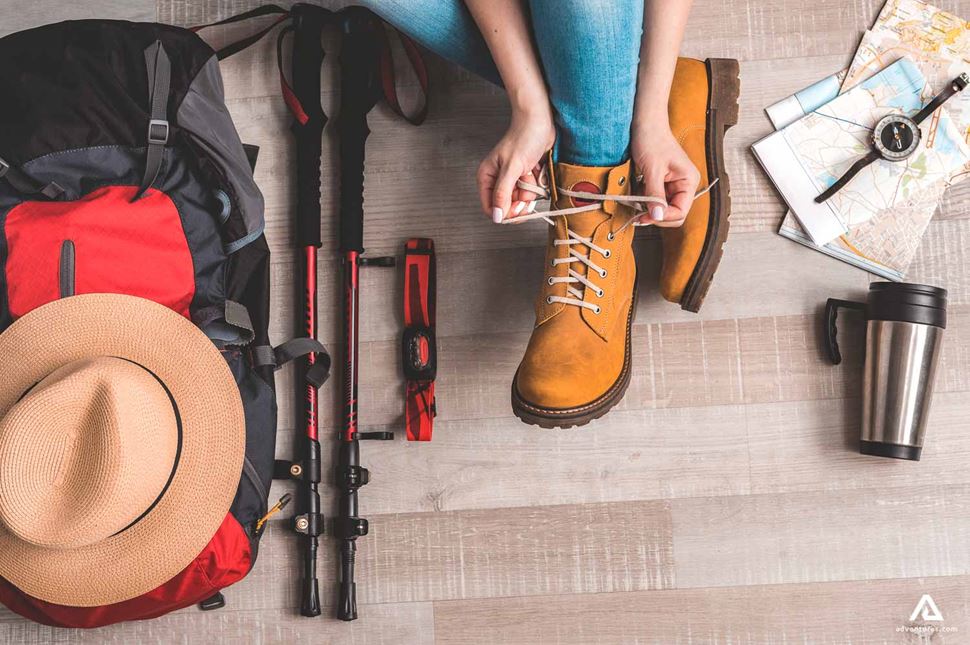
Different seasons call for different packing lists. Canadian weather changes drastically from season to season, so be ready for whatever the Great White North throws at you by following our packing list for Canada below.
Daytime temperatures in Canada rise to as high as 95°F (35°C) in summer. Summers are typically hot and dry on the prairies, humid in central Canada, and mild on the coasts.
Here are the clothes and items pack for maximum comfort in summer in Canada:
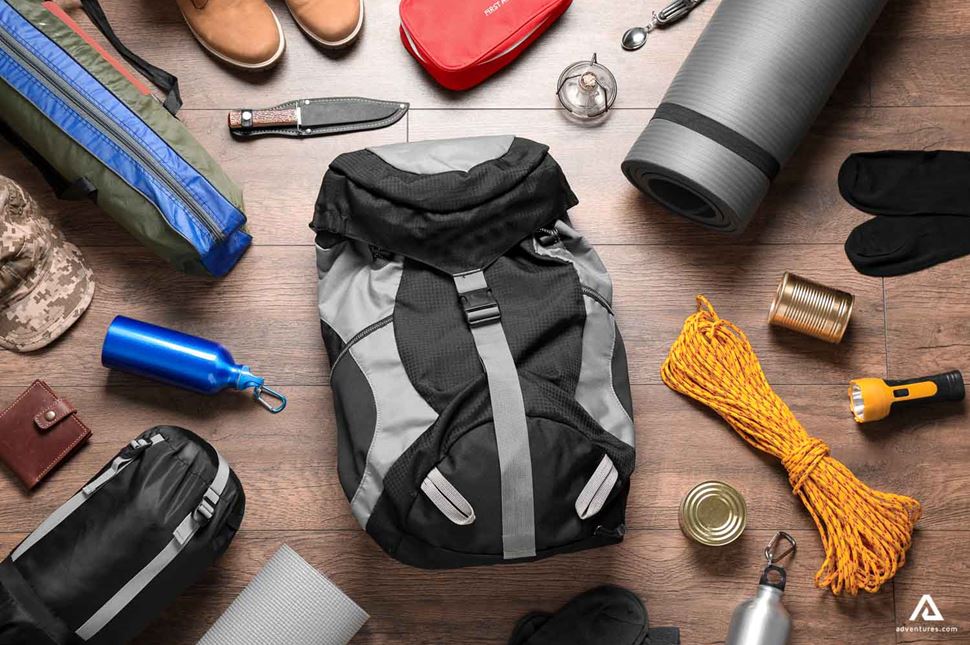
Winter turns the Canadian landscape into a true wonderland. While in some regions the temperature hardly plummets below 32°F( 0°C), other regions can have temperatures as low as -14°F(-28°C).
Here are a few essential items to pack for the Canadian winter:
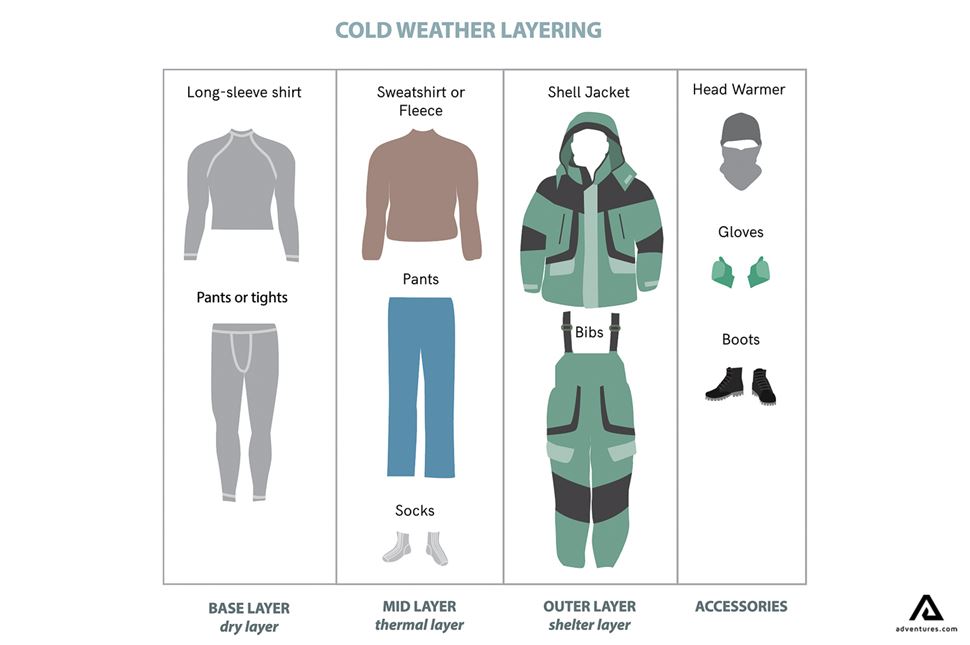
You don’t absolutely need these items, but they will certainly make your trip easier and more enjoyable.

Our tours are like Canadian snowflakes — no two are completely alike. Some tours require certain items or arrangements to be made in advance. Everything you need to pack or bring on a tour will be listed on the specific tour webpage.
Some tours may require certain certifications. For example, if you’re going on a snowmobile tour, make sure you bring a valid driver’s license! Each tour page explains what kind of certification you need and how to proceed.
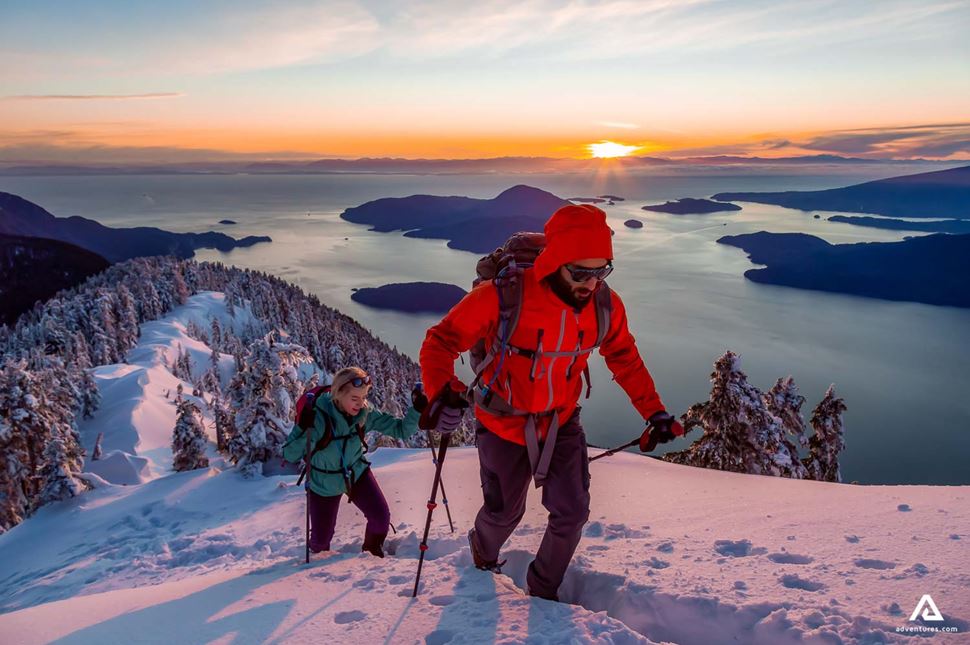
Some of our backpacking tours require you to bring your own sleeping bag. Other tours require you to bring your own sleeping bag but allow you to book other handy items at an additional cost. Depending on the tour provider, you may be able to rent utensils, mugs, and bowls.
You may also be required to bring a pillow, daypack, flashlight, water bottle, first aid kit, camera, binoculars, fishing gear, etc. However, these particulars depend on the individual tour.
You will receive a detailed packing list upon booking.
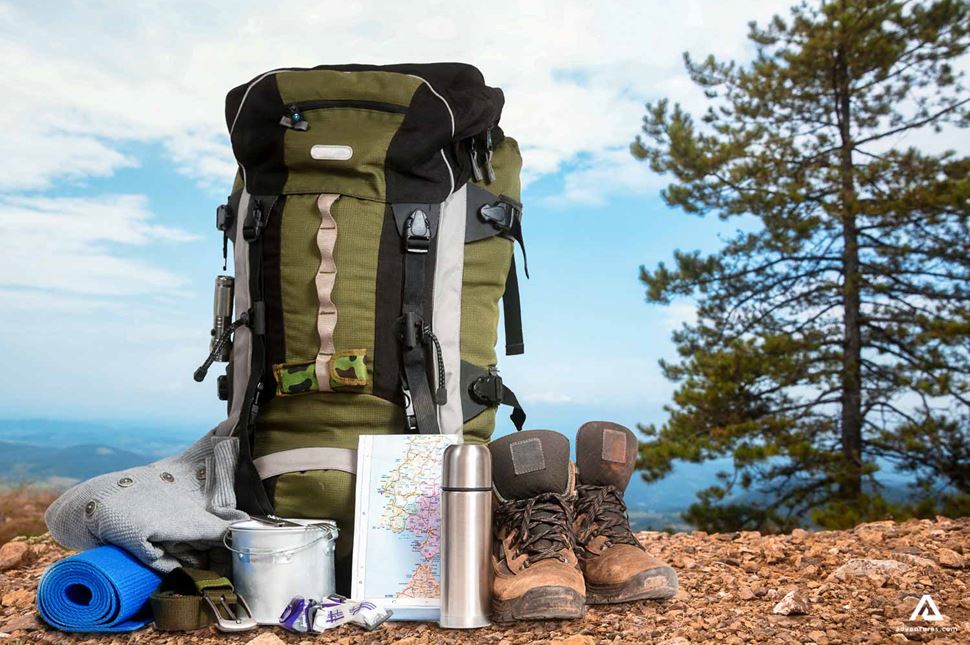
Avoid hardshell luggage and instead use either soft-sided luggage or duffel bags. Some tours only permit duffel bags.
Leave these items at home when going on our tours or crossing the Canadian border:
Most tours provide travelers with all necessary camping equipment. A few tours might require you to bring your own tent.
Yes, but it depends on the tour. You can rent a sleeping bag on some of our tours.
While there are no strict regulations for the type of luggage travelers can bring, we strongly advise against hard-shelled luggage as it can be difficult to carry and transport. Backpacks or duffel bags (if you aren’t going hiking) are perfect for camping excursions.
You can charge your batteries if there’s a power outlet. However, if you’re camping or backpacking, chances are there won’t be any power outlets available, so it is best to have a spare set of charged batteries or a powerbank.